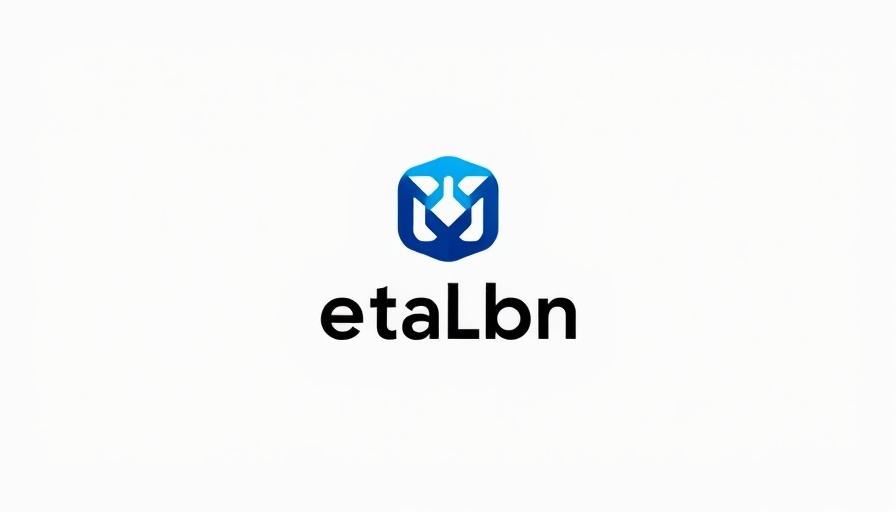
Understanding Passive Aggression in Business Communication
As business owners and leaders, our communication styles can significantly influence workplace relationships and client interactions. Sometimes, the most deceptively polite comments can harbor passive-aggressive undertones, making it critical to understand these verbal subtleties. Navigating these conversations effectively not only maintains harmony but also promotes a healthier working environment.
What Is Passive Aggression?
Passive aggression manifests as indirect resistance to the demands or requests of others, often disguised as niceties. These comments can lead to confusion and resentment, complicating professional relationships. Aspiring professionals must recognize such behavior and address it proactively, turning potentially conflict-laden situations into opportunities for growth.
Common Passive-Aggressive Statements and Their Implications
Recognizing passive-aggressive statements is crucial for preserving positive relationships. Here are a few common phrases business owners may encounter:
- “I’m just joking—relax!” This remark can undermine your feelings, disguising hurtful intent as humor. When faced with such comments, a gentle reminder that "humor can hurt" can help reclaim the conversation.
- “I’m sorry you feel that way.” This phrase deflects responsibility and suggests that the issue lies solely with your perception. Instead, fostering an open dialogue about feelings and responsibilities can lead to resolution.
Building a Culture of Clarity
Brené Brown’s idea that “clarity is kindness” serves as a guiding principle for effective communication. For leaders and business owners, fostering an environment where direct and transparent conversations thrive is essential. This approach encourages honesty and reduces the chances of passive aggression.
Counterarguments and Diverse Perspectives
Interestingly, while passive-aggressive comments are generally detrimental, some individuals may argue about their necessity in preserving harmony or 'saving face' in delicate scenarios. It’s important to weigh the pros and cons. While cushiony words might seem beneficial, they can create a larger gap in understanding over time, leading to deeper issues.
Strategies for Addressing Passive Aggression
- Reflect and Acknowledge: Recognize the impact of passive-aggressive remarks on both yourself and others. Consider responses that promote dialogue over defensiveness.
- Open-Ended Questions: Encourage deeper discussion by asking open-ended questions. This can reveal underlying issues driving passive-aggressive behavior.
- Practice Empathy: Understanding the intent behind passive-aggressive remarks can facilitate better responses, transforming conflicts into opportunities for connection.
Taking Action to Improve Communication
As business growth often hinges on effective relationships, taking steps to address passive aggression can significantly enhance team dynamics and client satisfaction. By committing to clear, honest communication, you lay the groundwork for a thriving business culture.
Conclusion: Empower Yourself as a Business Leader
Incorporating these insights into your professional repertoire not only benefits you but also contributes positively to your team’s dynamics. Rethinking how we communicate can cultivate an environment rich in trust and respect. As leaders, it’s our responsibility to model effective communication practices. Identify those passive-aggressive dialogues, equip yourself with strategies to address them, and foster a workplace where clarity reigns supreme. By embracing these principles, we can all create stronger connections in our professional lives.
 Add Row
Add Row  Add
Add 




Write A Comment